Parrot tulip
Flowering bulbs bloom for only a short period—one to two weeks per plant—but their intense color and unique flower forms are unmatched by other plants in the garden. It’s worth the time to make room for annual and perennial, spring- or summer- flowering bulbs in the garden. To make the biggest splash with your bulb display, plant in groups of ten or more. One tulip doesn’t make a big impact, but one hundred tulips create a sight your neighbors will ask you about. Here’s how to plant and grow bulbs easily.
What You’ll Need
![]() Trowel or soil knife
Trowel or soil knife
![]() Bulbs
Bulbs
![]() Watering can
Watering can
![]() Rake
Rake
![]() Flower pot
Flower pot
![]() Potting soil
Potting soil
![]() Ground cayenne pepper
Ground cayenne pepper
Instant Green Thumb
There are three things you need to remember to grow bulbs successfully.
![]() Place the bulbs in the planting holes with the pointy ends up.
Place the bulbs in the planting holes with the pointy ends up.
![]() Water flowering bulbs once a week unless the ground is frozen.
Water flowering bulbs once a week unless the ground is frozen.
![]() Don’t cut off the bulb leaves until they’ve turned completely yellow or brown.
Don’t cut off the bulb leaves until they’ve turned completely yellow or brown.
How to Plant Bulbs Individually
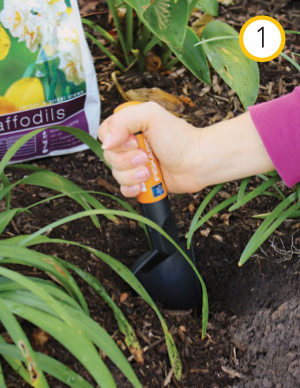
1 Plant larger bulbs (bulbs the size of your closed fist) in individual holes. Use a trowel or soil knife to dig a hole that is four times as deep as the height of the bulb.
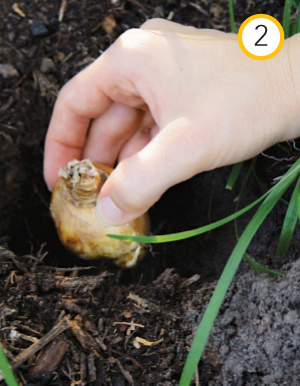
2 Place the bulb in the hole with the pointed end up. You don’t need to put bonemeal or bloodmeal in the hole. In fact, bonemeal acts like a homing beacon to squirrels that would like nothing better than to dig up the bulbs so skip it.
3 If you have several bulbs to plant, you’ll be done faster (and you won’t forget where you’ve already planted) if you set the bulbs out first, then plant each one. Don’t be afraid to really pack the bulbs into the planting area. Dig the holes, plant them, cover the holes with soil, and top with mulch.
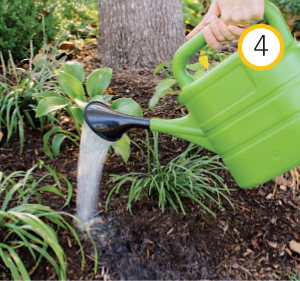
4 After planting all of the bulbs, give them a drink. Count to ten while watering each bulb area. Spring-flowering bulbs need to grow roots before the ground freezes, so don’t plant and forget them. Make sure to water once a week until the ground freezes.
How to Plant Large Groups of Bulbs
You don’t have to dig individual holes if you’re planting a large number of bulbs in one, concentrated area. Use this technique for filling areas bigger than a one-foot by one-foot square with bulbs.
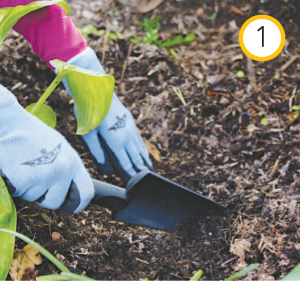
1 First scrape the mulch away from the planting area. Then remove the soil from the planting area to make a trench or hole that is the depth of four to six times the height of the bulbs you’re planting.
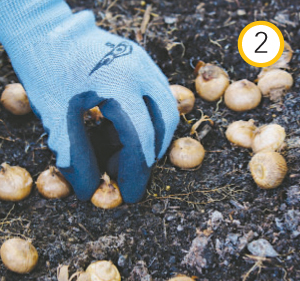
2 Then, set the bulbs in the planting area. For a natural look, mix several types of bulbs together in a bucket and then scatter them on the ground. Fix the bulbs so the pointy end is up.

3 Sprinkle ground cayenne pepper on the bulbs to keep the squirrels from eating the bulbs. (They don’t like the taste of the pepper.) If you have serious problems with creatures digging up bulbs, consider making a makeshift cage out of chicken wire. Plant the bulbs in the cage and bury it.
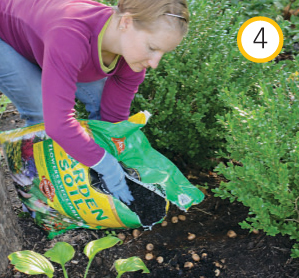
4 Cover the bulbs with soil. You’ll want to cover them with enough soil so that the bulbs are buried at least four to six times their height. If you don’t feel like digging, you don’t have to. Scatter the bulbs and cover them with soil at least four to six times as deep as the bulbs are tall. Your flower bed will be slightly taller in the spring, but you’ll have saved yourself a lot of work!
5 Use a shrub rake or hard rake to spread mulch over the planting area for a finishing touch. You can use the same mulch that you use in the rest of the planting bed for this step. Remember to water the bulbs after you’re done planting them.
How to Plant Bulb Containers
Create beautiful blooming spring containers that look like they were designed by a pro. Follow these tips.

1 Use a plastic container (so it won’t crack during the winter), and fill it about one-third full with potting soil. Use potting soil, which is a lightweight mix made especially for container gardens.
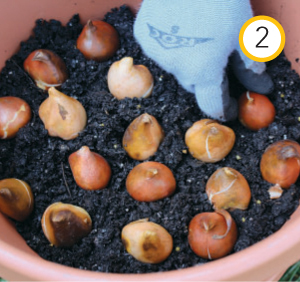
2 Next, place the bulbs in the pot, pointy end up. Really pack the bulbs into the container. You can place the bulbs so they’re almost touching one another. A secret of the pros: more bulbs equals more excitement. You can also plant a mixture of bulbs that bloom at different times to extend the flower show on your front porch.
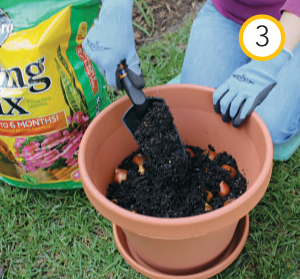
3 Then, add potting soil to the container so that it is two-thirds to three-fourths full of potting soil. This will ensure that the bulbs are deep enough. Leave room in the container to add more potting soil and annual flowers on top.
4 Plant cool-weather annuals on top of the bulbs. Pansies and flowering kale are the most cold-tolerant, but snapdragons and calendula are good choices for warmer climates as well. You can also plant perennials like coral bells on top of the bulbs. Plant the annuals and perennials close together in the pot. This container uses twelve pansy plants.
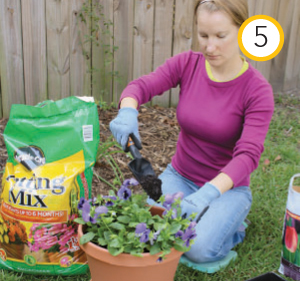
5 Fill in around the flowering annuals with more potting soil, and leave one-half to one inch between the top of the soil and the rim of the container so that the soil doesn’t wash out when you water the plants.
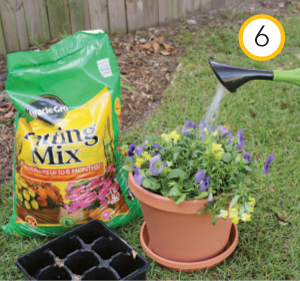
6 Last, water the container. Make sure to water the flowers at least once a week throughout the winter, unless the soil in the pot is frozen solid. Leave the flower pot outside all winter. While the bulbs are “chilling,” you can enjoy the flowering annuals. In the spring, the bulbs will grow up through the annual flowers.
Success Tip
Spring-flowering bulbs need a “chilling period” to bloom well in the spring. If you live in the South, you can still enjoy spring-flowering bulbs, but you’ll need to purchase bulbs that are marked as “pre-chilled.”
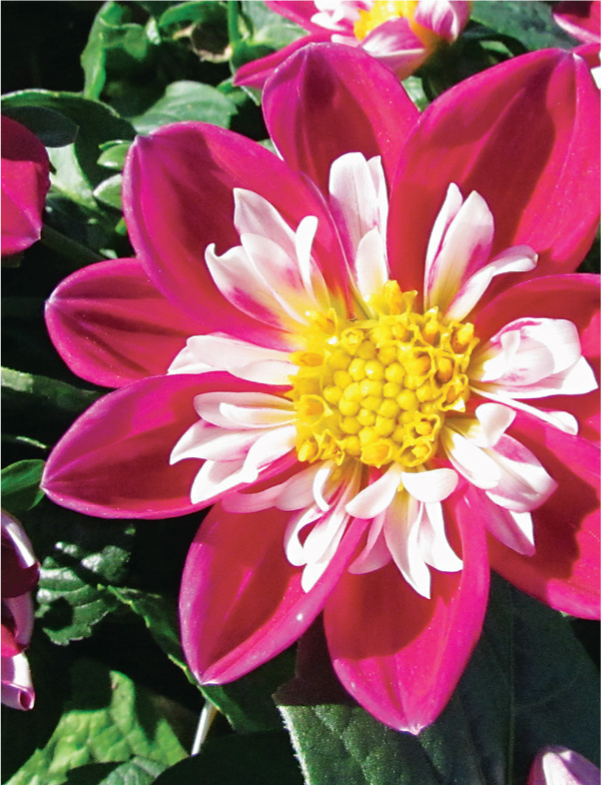
Dahlia
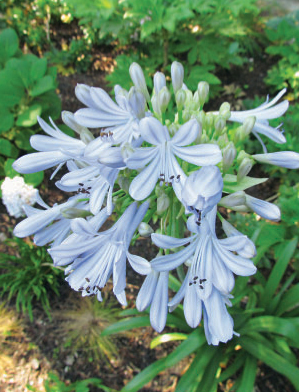
Lily of the Nile
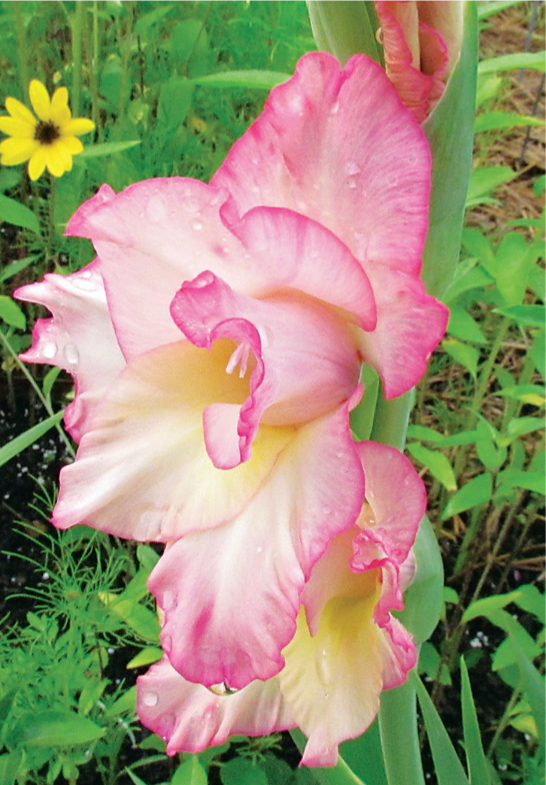
Gladiola
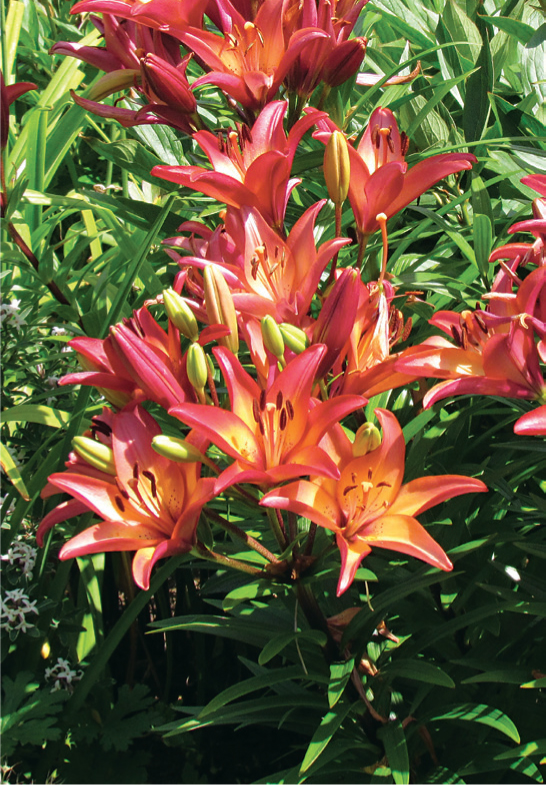
Asiatic lily
Spring Bulbs
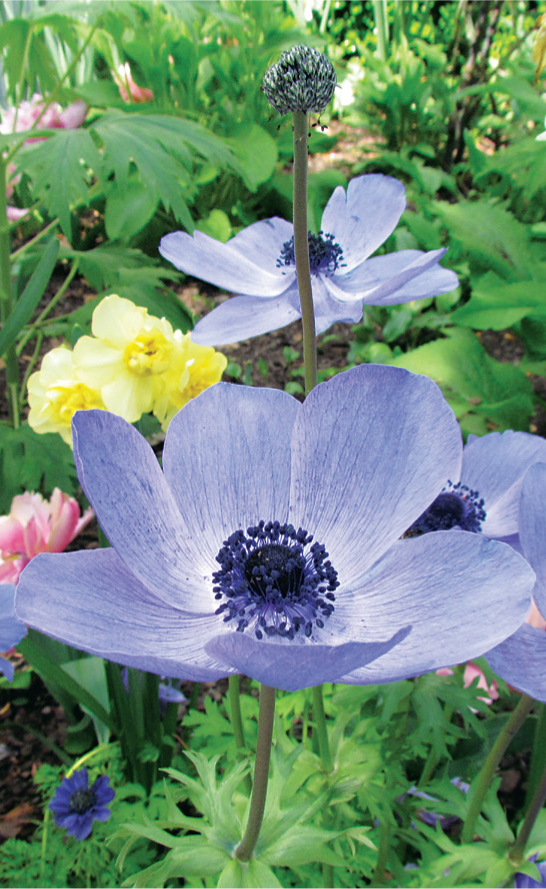
Anemone
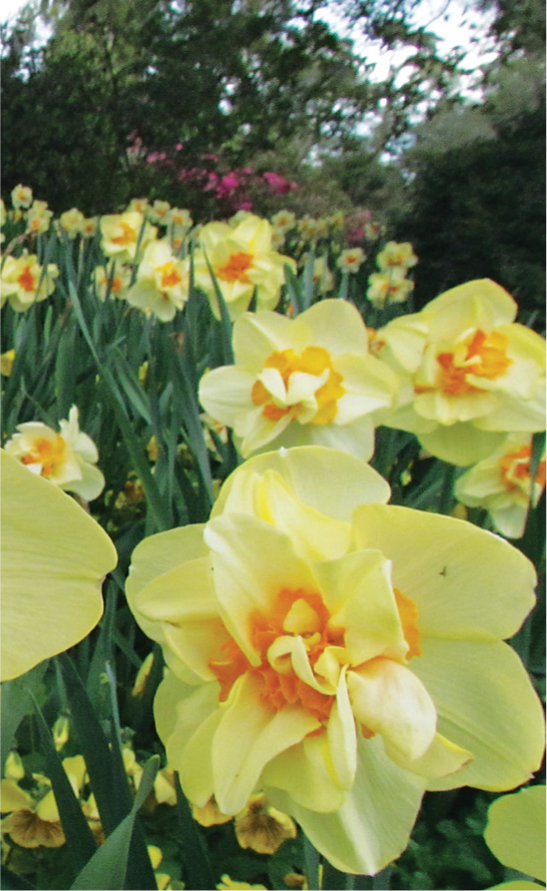
Daffodil

Allium
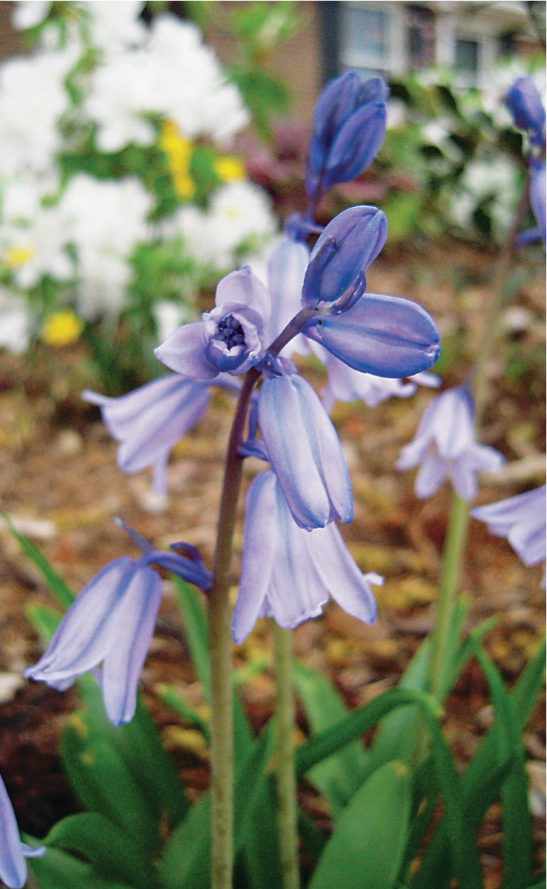
Spanish bluebell
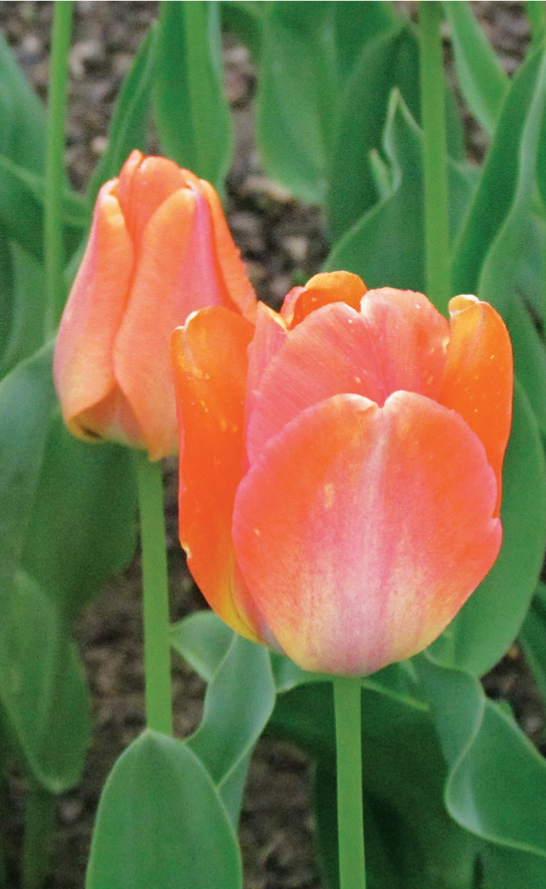
Tulip